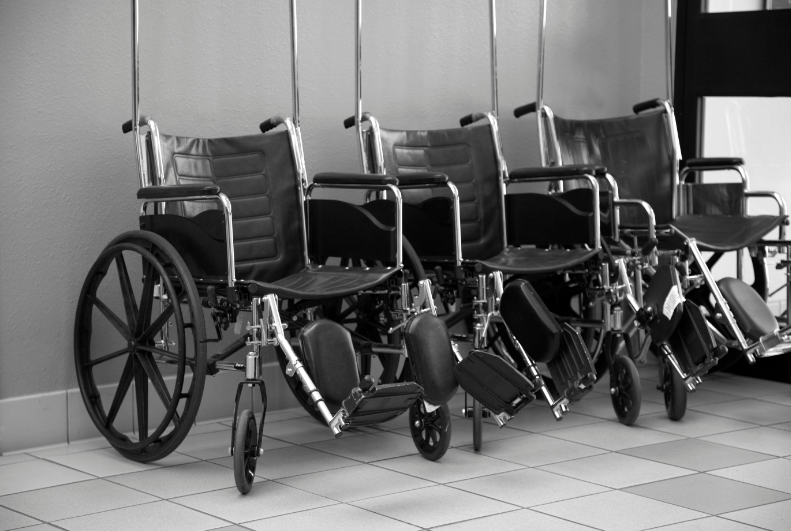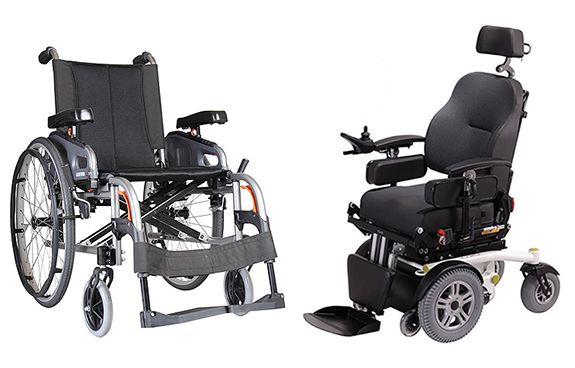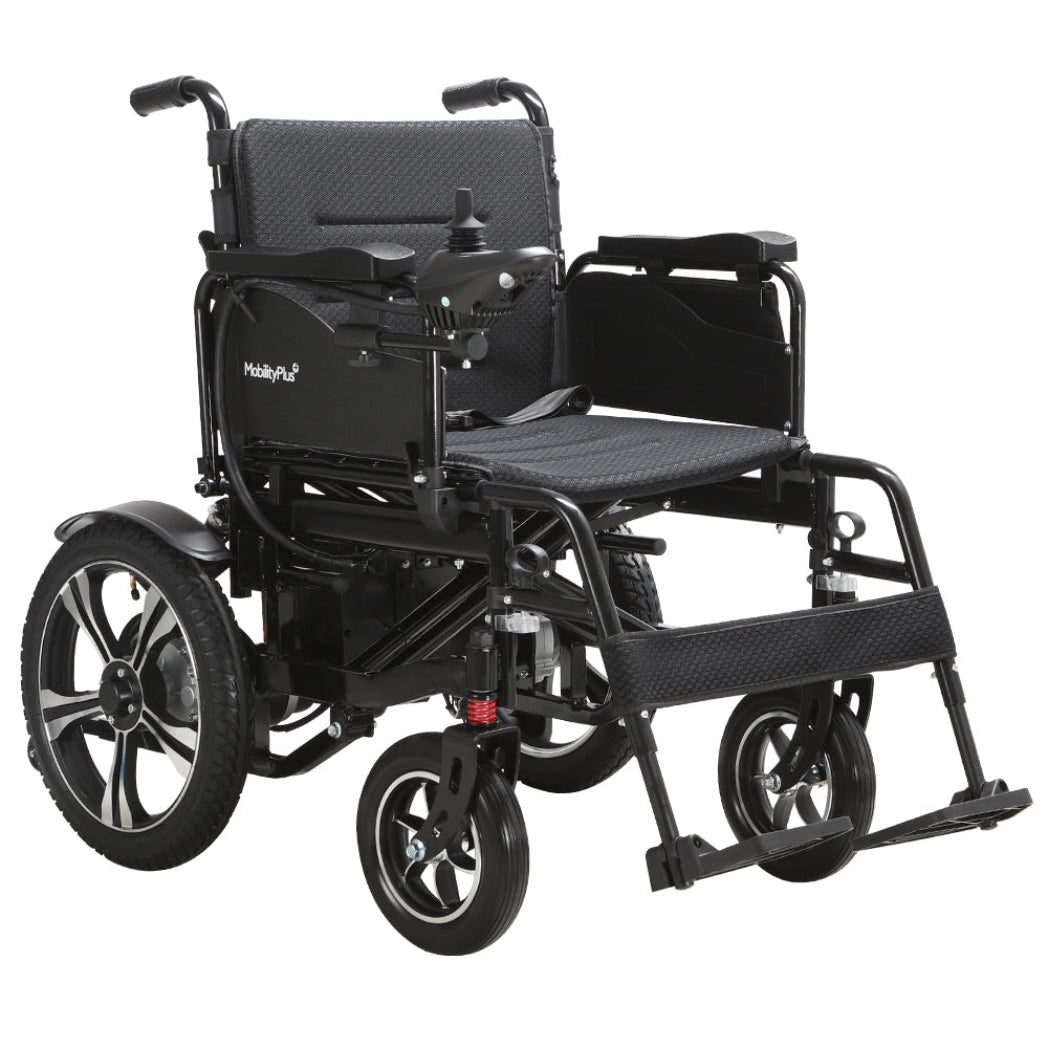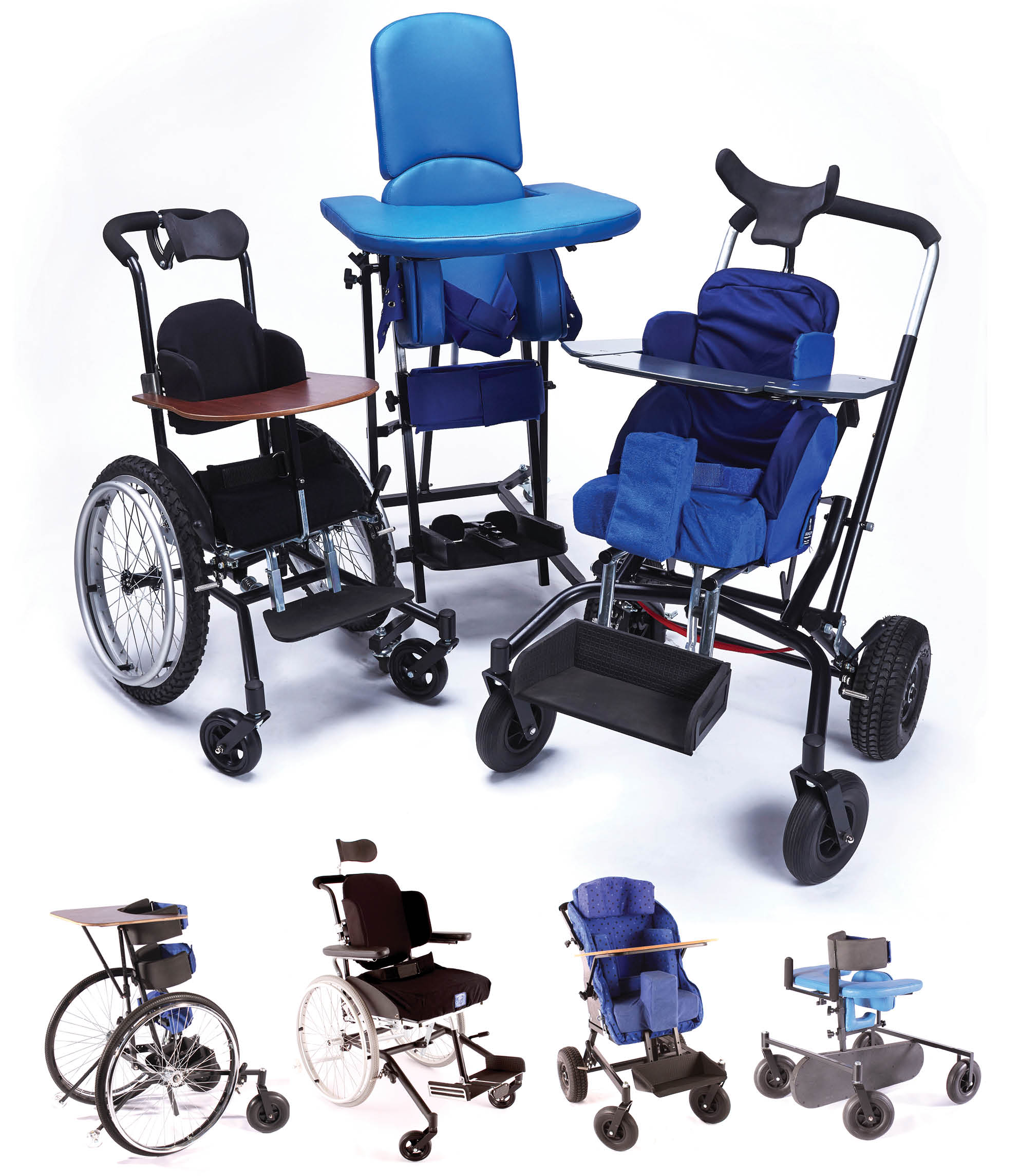
Date: 06 Oct 2025
Buying a wheelchair online can feel overwhelming — so many options, specs, and choices. But with the right knowledge and a smart approach, you can find a chair that fits your needs, lifestyle, and budget.
Types of Wheelchairs Available in Kenya
To pick the right wheelchair, you first need to understand the main categories. Each has pros and cons depending on your mobility, strength, daily routines, where you'll use it, and budget.
A. Manual vs. Electric

- Manual wheelchairs are pushed by the user (if they have sufficient upper‐body strength) or by a caregiver. They tend to be more affordable, lighter, simpler to maintain, and less prone to breakdowns. They are ideal for indoor use, occasional outdoor use, or when portability is key.
- Electric (or powered) wheelchairs have motors and a battery. They’re controlled via a joystick or similar. These are great if manual propulsion isn’t feasible — for example, for longer distances, uneven terrain, or when the user has limited strength. But expect higher costs, need for battery charging, heavier weight, and sometimes more maintenance.
B. Lightweight vs. Heavy‑Duty (Bariatric)
- Lightweight chairs use lighter materials (e.g. aluminum) and often have simpler frames. You’ll benefit from easier lifting, transport, and overall mobility. Perfect if you’ll move the chair often — into cars, upstairs, etc.
- Heavy‑duty (or bariatric) wheelchairs have reinforced frames, higher weight capacity, wider seats, stronger wheels. If the user is heavier, or needs more support (due to health condition, daily use, etc.), then heavy‑duty is safer and more durable. Just note they tend to be bulkier and heavier to transport.
C. Foldable and Travel‑Friendly Options
- The ability to fold or collapse a wheelchair significantly improves its portability. If you’ll be traveling — whether on public transport or in a private vehicle — foldable designs allow you to stow the chair in a car boot or trunk.
- Travel‑friendly options often have quick‑release wheels, compact folded size, and lightweight frames. For example, aluminium chairs with detachable footrests or wheels are helpful.
- Also consider whether parts like armrests or footrests are removable or swing‑away — this helps with getting in/out and packing.
Key Features to Consider Before Buying

After you know what type broadly fits, the details become critical. These are the features to zero in on before you make a purchase.
1. Seat Size and Comfort
- Seat width & depth: The seat must be wide enough for the user’s hips + some clearance (so it doesn’t press on the sides), but not so wide that it makes reaching rims difficult (if manual). Depth should support thighs without putting pressure behind the knees.
- Backrest height & support: For taller backs or users who need upper support (for posture, after surgery, or due to condition), a higher or adjustable backrest helps.
- Cushion type: Basic padded seats are ok, but for longer durations, pressure‑relief cushions (gel, foam, air) help prevent sores. Check upholstery material — is it durable, easy to clean?
- Armrests & legrests: Adjustable, swing‑away, or detachable designs make transfers easier (getting on/off bed, car, etc.). Elevating legrests are useful if the user needs to raise legs for comfort or medical needs.
2. Weight Capacity
- It’s essential the wheelchair can safely support the user plus any added weight (cushions, accessories). Always check the manufacturer’s maximum weight rating.
- If you or the user are near the limit, choose a heavier duty model. Overloading a chair causes structural failure, unsafe handling, and faster wear.
3. Maneuverability & Mobility
- Wheel size & type: Larger rear wheels help with self‑propelling and going over rough surfaces. Front casters (small wheels at front) should rotate well. Solid (non‑pneumatic) wheels reduce maintenance but may be less cushioned; air or semi‑pneumatic give more comfort outdoors but require upkeep.
- Turning radius / width: Measure doorways, hallways where the wheelchair will be used. If the chair is too wide, simply moving around the house becomes frustrating.
- Brakes & locking systems: Needed for safety. Check where the brakes are (within reach of the user or attendant), how strong they are, how they lock, and whether there are anti‑tip bars or safety features.
- Terrain & surface compatibility: Indoor smooth floors vs. rough outdoors make a difference. If you’ll be outside a lot (uneven ground, gravel, grass), choose clothes that can handle that — robust tires, durable frame, maybe suspension or shock absorption.
Top Online Wheelchair Brands and Models

1. Standard Wheelchair ‑ A reliable manual wheelchair with a foldable steel/aluminum frame, padded seat, and armrests. Supports up to 120 kg and is ideal for daily use at home or in care facilities. Affordable and available nationwide via Pharmily.
2. OrthoHub Standard Wheelchair ‑ Sturdy chrome steel design, solid wheels, foldable frame, and dual side brakes. Suitable for users up to 100 kg. Great for hospital or home use. Slightly higher in price, but very durable.
3. OrthoHub Electric Powered Wheelchair ‑ Motorized wheelchair with joystick control, rechargeable battery, and comfortable seating. Ideal for users with limited mobility. Best for indoor and outdoor independence.
4. Caremax Heavy Duty Steel Wheelchair ‑ Designed for heavier users, with a reinforced frame and wide seat. Features flip-up armrests and foldable design. Best for long-term care or bariatric needs.
5. Hospital Folding Wheelchair with Cushion ‑ Folding wheelchair with cushioned seat and backrest. Includes swing-away footrests and armrests for easy transfers. Ideal for patient comfort during long sitting periods.
Step‑By‑Step Checklist Before You Buy
To put it all together, here’s a checklist you can use just before clicking “Buy”:
- Measure the user: hips, thigh length, overall height.
- Measure the spaces: door widths, car trunk, corridors.
- Confirm seat width/depth, backrest height, weight capacity.
- Check foldability / disassembly for transport.
- Inspect brake types, arm/leg rest functionality.
- Ask: “Does this model come with spare parts? What is the warranty?” Especially for electric models.
- Read reviews or ask about after‑sales support; in Kenya, decide whether the supplier delivers nationwide, has good customer service.
- Cost estimations: include shipping, taxes, accessories (cushions, footrests, etc.).
- Plan for maintenance: solid vs air tires, battery charging (for powered chairs).
Final Tips & Reminders for Buying Online
- Measure carefully your body dimensions and the spaces (doorways, vehicle, hallways) where the chair will be used.
- Ask the seller for detailed photos, specs, and any demonstration videos before purchase.
- Check return / warranty policies — it’s riskier to buy mobility equipment online without recourse.
- Consider testing locally (if possible) before finalizing a large purchase.
- Give margin in specs — e.g. buy a chair with higher weight capacity or slightly larger seat if borderline.
- Plan for accessories (cushions, pads, bags, wheel locks) that may not come standard.
- Maintenance & spares: ensure replacement tires, parts, or service are accessible locally.
FAQs
Q: Can I order a wheelchair from Pharmily if I don’t live in Nairobi?
A: Yes — Pharmily offers nationwide delivery across Kenya. Pharmily
Q: What is a good weight capacity for a standard wheelchair?
A: For many standard models in Kenya, around 100‑120 kg is common. Heavier users should look into heavy‑duty or extra‑wide models.
Q: Are electric wheelchairs worth the extra price?
A: That depends on your situation. If manual propulsion is difficult, or distances/outside terrain are tough, electric brings clear benefits. But you’ll need to consider battery life, cost, charging infrastructure, and maintenance.
Q: How do I choose between a lightweight vs heavy‑duty wheelchair?
A: Think of what matters more: portability & lighter weight (if the chair will be moved often), vs strength, durability, and support (if you need to handle higher weight or frequent, heavy use). Sometimes you compromise: get a strong frame, but try to find an aluminium model or lighter build.





